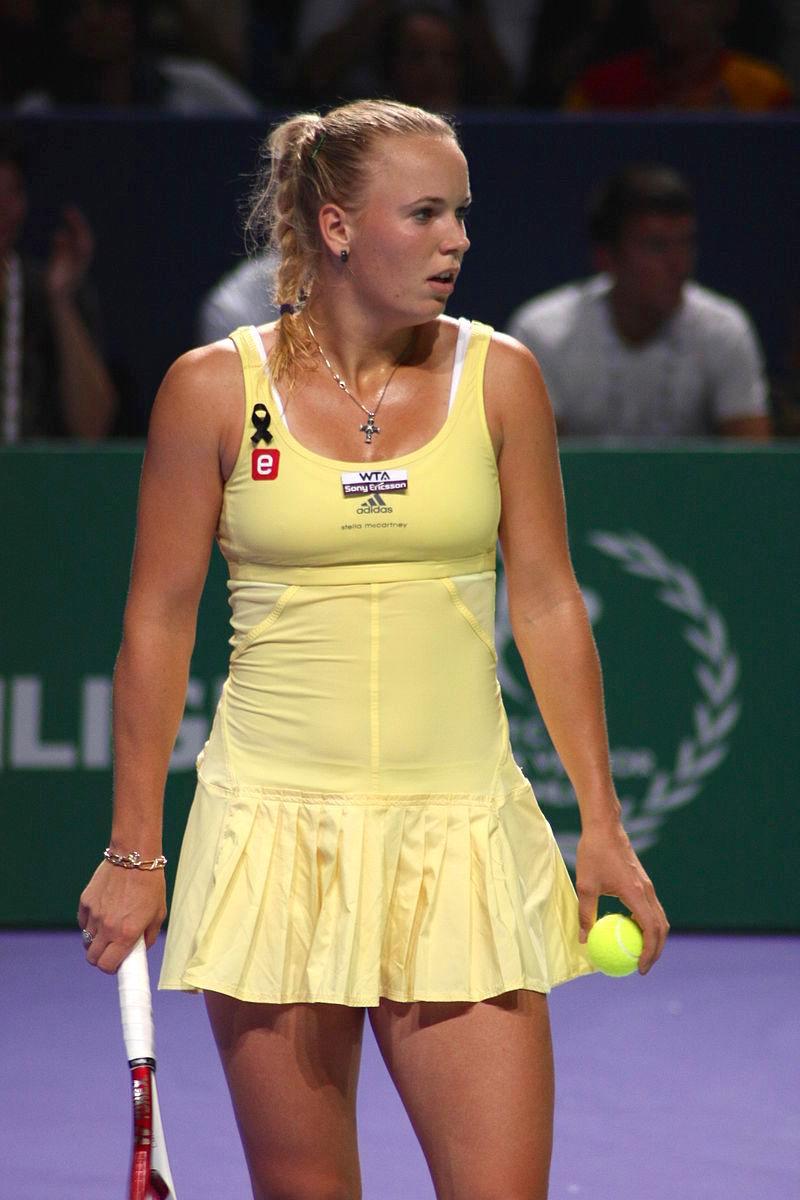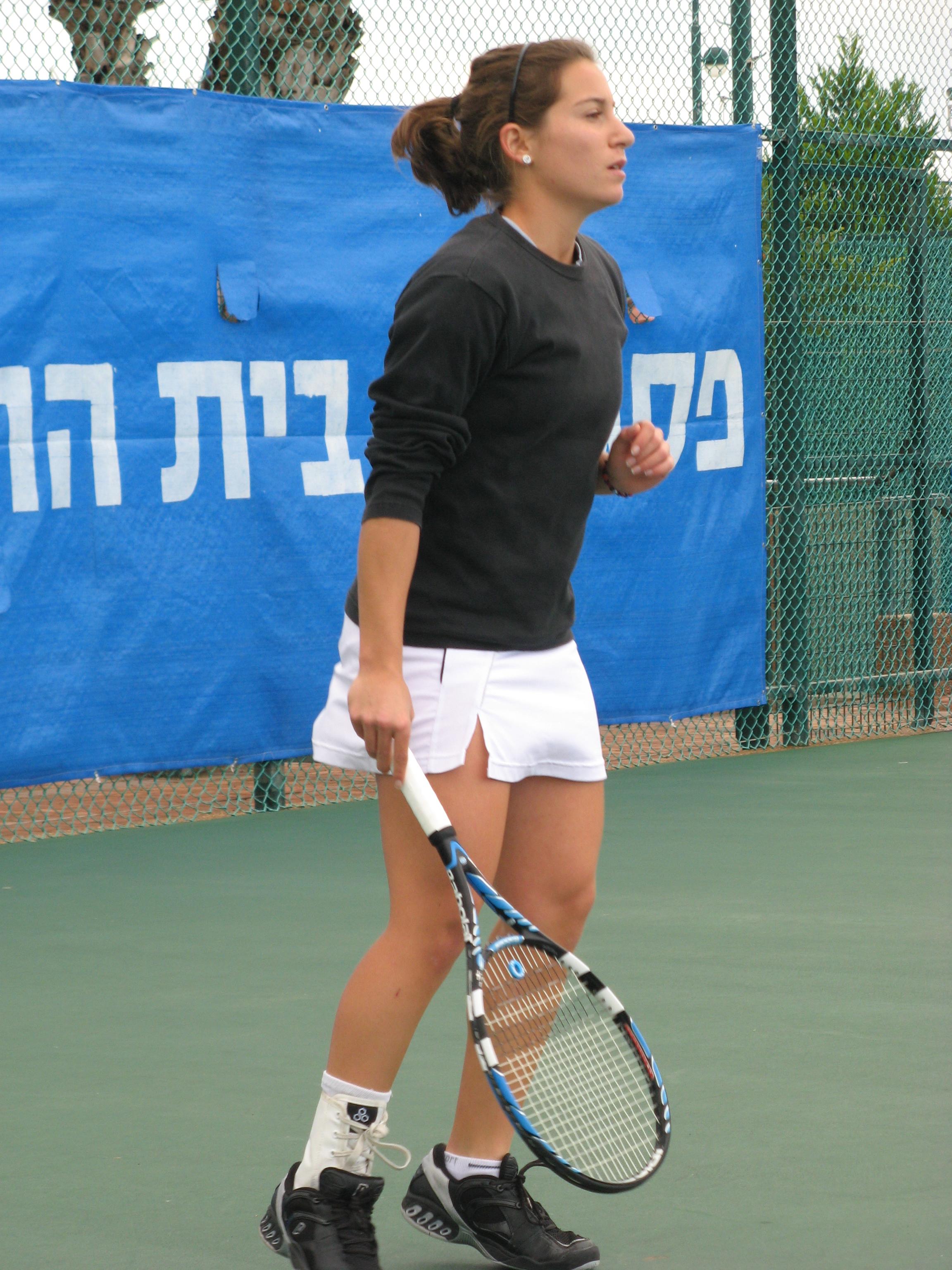We may earn money or products from the companies mentioned in this post.
Brief Overview of Tennis Injuries

Tennis is a physically demanding sport that requires agility, speed, and precision As with any sport, injuries are an unfortunate part of the game Tennis players are susceptible to various types of injuries that can hinder their performance and even end their careers prematurely
1 Common Types of Injuries
Tennis players often experience injuries in their lower extremities, such as ankle sprains and knee strains These can result from sudden changes in direction or landing awkwardly after a jump Additionally, tennis elbow, a condition characterized by pain and inflammation in the tendons around the elbow joint, is prevalent among players due to the repetitive nature of swinging the racket
2 Factors Contributing to Injuries in Tennis Players
Several factors contribute to the occurrence of injuries in tennis players Overuse is one primary factor as repeated movements put strain on specific muscles and joints over time Poor technique or inadequate warm-up exercises can also increase the risk of injury Furthermore, playing on hard surfaces like concrete or asphalt can place additional stress on the body
Importance of Understanding the Effects and Consequences of Injuries on Tennis Players

Injuries not only impact a player’s physical well-being but also have significant mental and career-related consequences
1 Physical and Mental Impact on Players
Apart from experiencing pain and discomfort, tennis injuries can affect a player’s overall physical fitness level They may be unable to perform at their best or participate in matches as scheduled, leading to frustration and disappointment Furthermore, rehabilitation from an injury can be mentally challenging for athletes who are accustomed to being active and competitive
2 Effects on Career Progression
For professional tennis players, injuries can have a detrimental effect on their career progression Time taken off for recovery and rehabilitation may result in missed tournaments, ranking drops, and loss of sponsorship opportunities In severe cases, career-ending injuries can force players to retire prematurely, depriving them of the chance to reach their full potential
In conclusion, understanding the various types of tennis injuries and their effects on players is crucial for coaches, medical professionals, and athletes themselves By prioritizing injury prevention strategies and providing appropriate support during recovery, we can help tennis players stay healthy and achieve long-lasting success in their careers
Types of Tennis Injuries and Their Causes

Tennis is a physically demanding sport that requires agility, speed, and precision Unfortunately, it also comes with the risk of various injuries Understanding the types of tennis injuries and their causes can help players take preventive measures and seek appropriate treatment when needed
Upper Body Injuries
1 Shoulder Injuries: One common upper body injury among tennis players is shoulder injuries These can range from rotator cuff tears to impingement syndrome, causing pain and limited mobility in the shoulder joint Repetitive overhead motions, poor technique, and muscle imbalances are often contributing factors to these injuries
2 Elbow Injuries: Another prevalent upper body injury in tennis is elbow injuries Tennis elbow (lateral epicondylitis) and golfer’s elbow (medial epicondylitis) are common conditions affecting the tendons in the elbow joint Overuse, incorrect grip size or racket weight can place excessive strain on these tendons, leading to pain and inflammation
Lower Body Injuries
1 Knee Injuries: The lower body is not exempt from tennis-related injuries either Knee injuries such as patellar tendonitis (jumper’s knee), meniscus tears, and ACL tears can occur due to sudden stops, changes in direction, or pivoting movements during gameplay The high-impact nature of these actions puts stress on the knee joint structures
2Ankle and Foot Injuries: Sprains, strains, stress fractures, and Achilles tendonitis are common lower body injuries among tennis players The repetitive pounding forces from running, jumping, quick lateral movements put immense pressure on the ankles and feet This can lead to ligament sprains or tears, muscle strains or stress fractures, and inflammation in the Achilles tendon
It is important for tennis players to prioritize injury prevention through proper training techniques, warm-up exercises, maintaining muscle balance, and using appropriate equipment Additionally, seeking medical attention at the first sign of injury can prevent further damage and aid in a quicker recovery Remember, staying healthy on the court allows you to continue enjoying this exhilarating sport to its fullest!
Treatment and Recovery Process for Injured Tennis Players

Injuries are an unfortunate part of any sport, and tennis is no exception When a player gets injured on the court, immediate response and proper care play a crucial role in ensuring a speedy recovery On-court first aid care, including the RICE protocol (rest, ice, compression, elevation), can help manage pain and reduce swelling However, it is essential to assess the severity of the injury through medical examination and tests such as MRI or X-ray to determine the appropriate course of action
Deciding whether to continue playing or withdraw from a match or tournament can be a tough call for an injured tennis player Factors such as the nature of the injury, potential risks associated with continued play, and long-term health implications need careful consideration Consulting with medical professionals who specialize in sports injuries can provide valuable insights to make an informed decision
Long-term treatment and rehabilitation options
Once the initial stage of injury management is complete, attention shifts towards long-term treatment and rehabilitation options Depending on the severity of the injury, medical interventions like surgery may be necessary to repair damaged tissues or structures Physiotherapy plays a vital role in strengthening weakened muscles, restoring range of motion, and improving overall function
Pain management medications may also be prescribed to alleviate discomfort during the recovery process However, it’s important for players to follow their healthcare provider’s guidance regarding medication usage and potential side effects
In addition to medical interventions, physical therapy exercises tailored specifically for tennis players are crucial in recovering from an injury effectively These exercises focus on restoring function by targeting specific muscle groups involved in tennis movements while also improving balance and flexibility
Returning to tennis after an injury
Returning to tennis after an injury requires careful planning and a gradual progression in activity levels to prevent further damage Rushing the process can lead to setbacks and reinjury, prolonging the recovery period
Timing is key when returning to the court It’s important for players to work closely with their healthcare team to establish an appropriate timeline based on the nature and severity of their injury This ensures that the body has enough time to heal before gradually reintroducing tennis-specific movements and skills
Addressing underlying biomechanical issues and technique flaws also plays a crucial role in preventing re-injury Identifying areas of weakness or imbalances through sports-specific assessments can help create tailored training programs that address these issues, ensuring optimal performance while minimizing the risk of future injuries
Prevention Strategies for Tennis Injuries

Proper equipment selection: racket size, weight, grip, shoe type, etc
When it comes to preventing tennis injuries, choosing the right equipment plays a crucial role From the size and weight of your racket to the type of grip you use, every detail matters A poorly fitted racket can lead to unnecessary strain on your arm and shoulder muscles, increasing the risk of injuries Additionally, wearing the appropriate shoes designed specifically for tennis can provide better support and stability during matches or training sessions
1 The role of string tension in injury prevention
String tension is another important factor to consider when selecting equipment for tennis The tension of your racket’s strings affects how much power and control you have over your shots It’s crucial to find the right balance that suits your playing style and physical capabilities Using strings that are too tight or too loose can put excessive stress on your arm joints and increase the chances of developing tennis elbow or other related injuries
Conditioning and training programs
To stay injury-free on the tennis court, incorporating conditioning and training programs into your routine is essential These programs help improve overall strength, flexibility, cardiovascular fitness, and endurance—key factors in preventing common tennis injuries
1 Strength training and flexibility exercises: importance of muscle balance & core strength
Incorporating strength training exercises into your routine helps develop strong muscles that can withstand the demands of intense gameplay Focusing on muscle balance is crucial as imbalances between different muscle groups can lead to overuse injuries or joint instability Additionally, core strength is vital for maintaining proper posture during strokes while reducing strain on other body parts such as shoulders or lower back
2 Cardiovascular fitness & endurance training
Tennis is a physically demanding sport that requires players to have good cardiovascular fitness and endurance Engaging in activities like running, cycling, or swimming helps improve lung capacity, stamina, and overall endurance By enhancing your cardiovascular fitness, you increase your ability to sustain longer matches without experiencing fatigue or compromising your form, which can lead to injury
Technique corrections and coaching
Mastering proper technique is crucial for preventing tennis injuries The way you swing your racket, position your body, and move on the court all impact the stress placed on various joints and muscles
1 Benefits of proper technique in reducing risk of injuries
Using correct technique minimizes the strain on specific body parts and distributes the workload evenly across muscle groups This reduces the risk of overuse injuries such as tendonitis or stress fractures Proper technique also ensures more efficient movement patterns, improving accuracy and power while minimizing unnecessary strain
2 Role of professional coaching in guiding players through safe playing practices
Working with a professional coach who understands biomechanics and injury prevention can significantly reduce the chances of tennis-related injuries A skilled coach can analyze your technique, identify areas for improvement, and provide guidance on how to make adjustments that enhance safety during play They can also teach you strategies for warm-ups, cool-downs, and recovery techniques that promote injury prevention
Conclusion

As we wrap up our discussion on tennis injuries, it is important to recap the main points that were covered We explored the different types of injuries that are commonly seen in tennis, ranging from acute muscle strains and sprains to overuse injuries like tendinitis Additionally, we delved into the various causes of these injuries, including poor technique, inadequate warm-up or conditioning, and repetitive motions
In terms of treatment and recovery strategies, we highlighted the importance of seeking professional medical advice for proper diagnosis and guidance From rest and rehabilitation exercises to physical therapy and medication, there are numerous options available to help players recover from their injuries effectively It is crucial for individuals to listen to their bodies and allow sufficient time for healing before returning to the court
Prevention should always be a top priority for players, coaches, and organizers alike By implementing proper warm-up routines, using appropriate equipment, maintaining good technique, and incorporating strength and conditioning exercises into training regimens, the risk of injury can be significantly reduced It is essential that everyone involved in tennis takes proactive measures to prioritize player safety and well-being
Call to Action

To all tennis enthusiasts out there – whether you’re a player yourself or involved in coaching or organizing the sport – I urge you to make player safety a paramount concern Let’s work together to create an environment where injuries are minimized as much as possible
Players: Take responsibility for your own health by listening to your body’s signals and seeking appropriate medical attention when necessary Don’t rush your recovery process; give yourself ample time to heal before returning to intense training or competition
Coaches: Emphasize proper technique from day one of training Encourage players to warm up adequately before each practice session or match Incorporate strength and conditioning exercises into training programs to improve overall fitness and prevent injuries
Organizers: Ensure that facilities are well-maintained, with suitable playing surfaces and equipment Educate players, coaches, and staff on injury prevention strategies Consider implementing regular wellness check-ups for participants to identify any potential risk factors or issues early on
By working together and prioritizing player safety, we can create a tennis community that not only thrives on the court but also fosters a culture of well-being and longevity in the sport Let’s keep tennis injuries at bay and enjoy the game to its fullest!
Useful Links

Tennis Player Forced to Play Alone in Doubles Match After …
Tennis Betting Rules: What Happens if my Player Retires? …
TENNIS RULES
Tennis FAQ
Tennis Retirement Betting Rules【2023】🥇 Walkover Bet
Withdrawals and Retirements – Heavy Topspin
Summary of Tennis Rules
Tennis Betting Rules – Irish Betting Sites
Tennis retirement rules for betting
THE CODE The Players’ Guide to Fair Play and the …
Sports – Tennis Rules – Help
Medical Timeout In Tennis: Meaning, Rules & Time
Tennis Rules
What Happens to a Bet if a Tennis Player Retires?
Grand Slam Events Take Steps to Curb Mid-Match …
Pay and Injuries: Tennis needs to take better care of its …
Wimbledon set to introduce new rules that penalise injured …
Recently injured players
Tennis Retirement Guarantee






